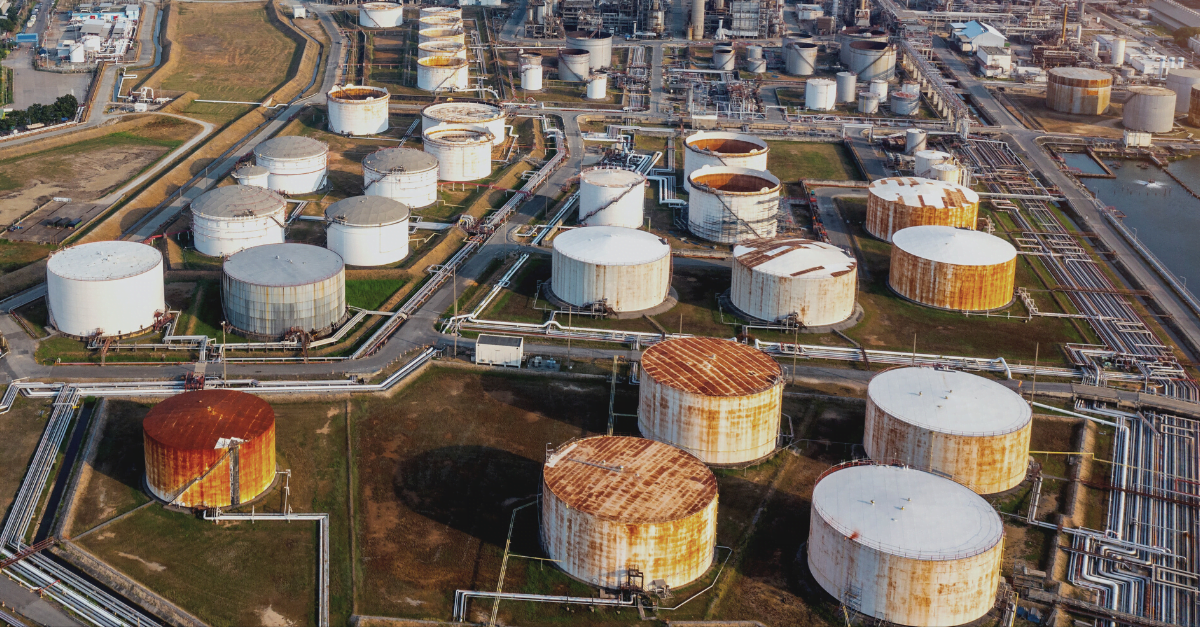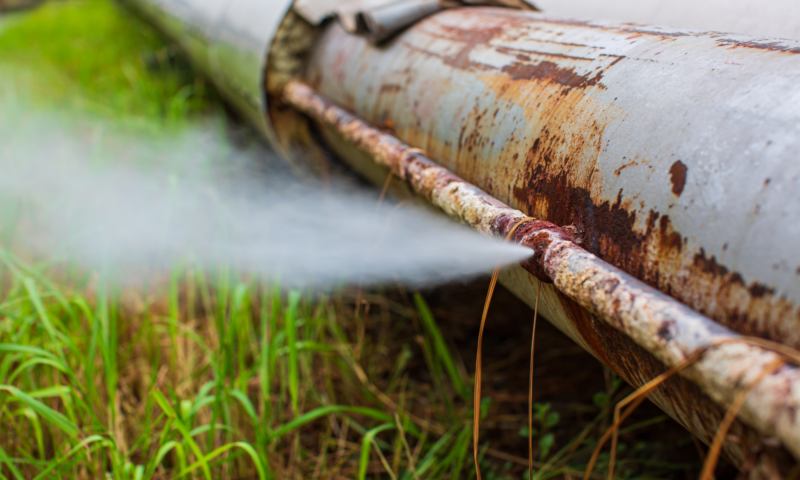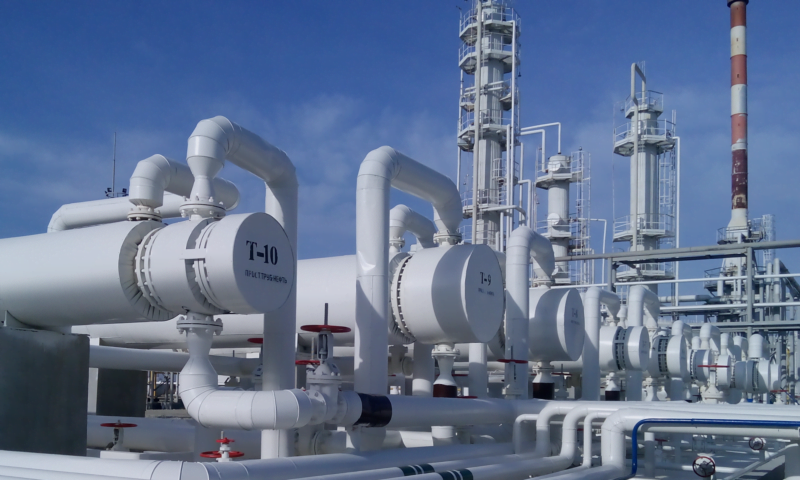Cathodic Protection is a highly effective corrosion prevention technique that safeguards metal structures and assets.
Cathodic Protection provides a reliable and continuous protective electrical current. It extends asset life, reduces maintenance costs, and ensures long-term integrity and reliability. Over the last few months, we have discussed some of the causes of and methods to mitigate pipeline corrosion and the importance of optimizing pressure equipment inspection strategies.
Today, we want to explore corrosion in more depth; more specifically, we will discuss cathodic protection, an approach to mitigating corrosion.
First, an anecdote.
Lady Liberty: Hobbled by Corrosion
The Statue of Liberty is one of the world’s best-known modern sculptures. Sculpted by French artist Frédéric Auguste Bartholdi, it consisted of a copper sheet skin supported by a wrought iron framework which was designed and constructed by Gustave Eiffel, best known for building the iconic Eiffel Tower for the 1889 World Exposition in Paris.
Eiffel’s company was no stranger to designing metal structures, having designed several bridges for France’s railway network. He was well aware that combining different metals could lead to significant corrosion near the joints, and as a result, all of the connections between the Statue of Liberty’s copper skin and the wrought iron frame were insulated with shellac-impregnated asbestos.
Engineers examined the Statue of Liberty in preparation for its centennial. They found that its structural integrity had been compromised due to a breakdown in the insulation between the skin and the frame, which caused significant galvanic corrosion in the frame.
What followed was a lengthy shutdown of the attraction and a restoration project that cost tens of millions of dollars to stabilize the statue.
What is Galvanic Corrosion?
To recap, corrosion is metal degradation into more chemically stable oxides through interaction with its surroundings. Several processes can cause and contribute to corrosion, including chemical reactions, microbiological activity, and galvanic corrosion.
Galvanic corrosion is an electrochemical process in which one metal corrodes more than another when it is in contact with another metal through an electrolyte. In the case of process equipment, the electrolyte can be internal, in the form of process fluids, or external, in the form of moisture or soil.
Galvanic corrosion is a well-understood process that can be predicted and managed using several methods, one of which is cathodic protection.
What is Cathodic Protection?
Cathodic protection is a technique used to prevent corrosion in metal structures and surfaces. It works by making the piece of equipment that you wish to protect the cathode of an electrochemical cell.
This shifts the electrochemical reactions from a corrosive mode to a non-corrosive mode.
There are two primary methods of cathodic protection:
- Galvanic Cathodic Protection: In this method, a more electrically active metal is connected to the structure to be protected. This more active metal, a sacrificial anode, corrodes instead of the protected metal. The sacrificial anode is selected based on its position in the galvanic series. Common sacrificial anode materials include zinc, aluminum, and magnesium.
- Impressed Current Cathodic Protection: This method uses an external power source, such as a rectifier, to supply a direct electric current to the protected components. This current opposes the natural corrosion process, protecting the metal.
Deciding on the method of cathodic protection depends on a range of factors, including the structure size, material type, coatings, the environment, and the required level of protection.
Cathodic protection is a widely used method to prevent corrosion and extend the lifespan of metal structures. It is particularly crucial in industries like oil and gas, where corrosion protection is essential for safety, reliability, and cost savings.
Designing a Cathodic Protection System
Designing a cathodic protection system for a plant requires a comprehensive understanding of a facility’s infrastructure, the materials involved, the corrosive environment, and the desired level of protection. The design process is complex and requires input from corrosion engineers and materials specialists.
Some of the steps include:
- Identify areas requiring protection, including buried or submerged pipes or pipelines, storage tanks, pressure vessels, and metal structures.
- Predicting corrosion rates by evaluating environmental conditions, fluids being handled and historical corrosion data.
- Deciding whether galvanic cathodic protection or impressed current cathodic protection is more suitable for your plant.
- Selecting anode placement and material type or calculating current requirements, and designing electrical connections.
Cathodic Protection Systems Require Monitoring and Maintenance
Although many cathodic protection systems are unseen, it does not mean they can be ignored. Once designed and constructed, cathodic protection systems require regular inspection and monitoring to ensure their effectiveness.
A typical inspection regime for galvanic cathodic protection includes inspecting anodes for consumption or degradation, checking electrical connections, and measuring electrical potentials.
For impressed current cathodic protection, the systems require regular monitoring and testing to ensure that they are functioning, that electrical connections are intact, and that the impressed current is within specifications.
IMS: A Tool for Managing Your Inspection Data
For large facilities, the amount of information that needs to be collected and managed can be overwhelming. Luckily, Cenosco can help!
Cenosco’s IMS is a complete Inspection Data Management System, that manages your inspection data and can help provide valuable insights into your facility.
You can create digital inspection checklists that allow your inspectors and engineers to quickly collect and manage inspection and monitoring data associated with your cathodic protection systems.
We can help you implement an effective inspection strategy to ensure that your facility is not hobbled by corrosion. Contact us to see how Cenosco can help!
Cenosco is an asset integrity management software company with over 20 years of product leadership in asset-heavy industries.
Their IMS Suite of solutions was designed to support users in making smart inspection and maintenance decisions to increase safety, asset availability, and lowering asset management costs. It is currently utilized to safeguard several hundred assets in over 50 countries. The IMS Suite was created in collaboration with world-renowned Oil & Gas leader, Shell.
Ready for a Demo?
Are you ready to see the IMS Suite in action? Fill out the form below to book a demo!





